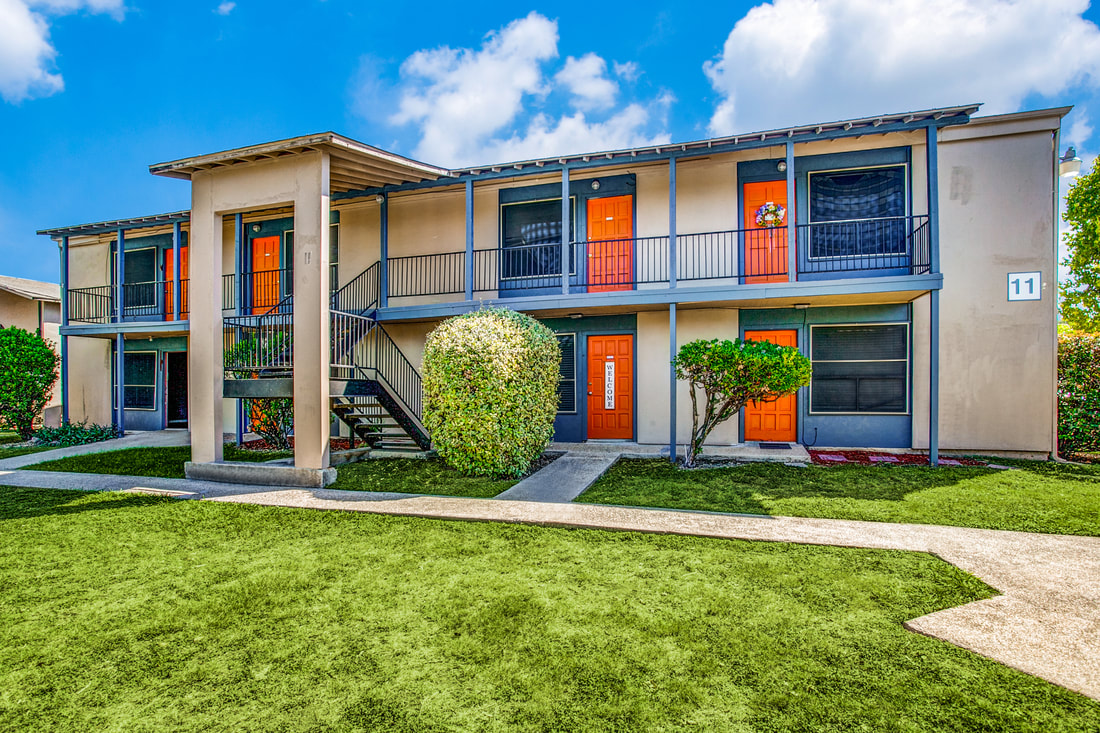|
Real estate professionals and investors classify multifamily properties according to their potential investment returns and associated risk. The classes are A, B, C, and D with A being the best rating and D being the lowest. Many factors, including location, age and condition of building, and local market rental rates, shape the class assigned to a particular property. [1]
Although A and B classes demand higher prices and rents, C and D classes do not necessarily equal undesirable investments. By and large, the asset classes communicate what to expect and what will be necessary to succeed. These classes also mean different things in different markets due to the huge influence of location on revenue and real estate value. [2] Classification Factors Classifying multifamily real estate requires assessing a combination of hard numbers that can be documented and less certain factors about the future, like appreciation. Frequently used variables are: Desirability of location Residents' income levels and credit worthiness Property condition Property age Local crime rates [3] Other issues can influence classification, but the classes mostly adhere to the following guidelines. Class A The primary features of Class A real estate are: Building is 15 or fewer years old. Units have great amenities. Tenants have high incomes. Location appeals to high-earners. Building is professionally managed. Rent is high. Vacancies are low. No major repairs or upgrades needed any time soon. [4] These properties come with high price tags but should appreciate and present little risk to investors. Class B In general, these are the characteristics of Class B properties: Buildings may be up to 20 years old. Tenants have moderate income. Rent is at a medium level. Buildings are in good condition but maintenance and upgrades are on the horizon. Overall, investors view the risk as higher with Class B buildings but not excessive. The opportunity to add value by investing in renovations is often present. [5] Lower property prices make them accessible to more investors as well. Class C At this point, the shine is off a building because: Building age is beyond 20 years. Renovations are obviously needed. Location may not demand high rents. Tenants have lower incomes. [6] Class C buildings have lower prices. The investment risk is higher but revenue generation could be good. [7] Class D Although investors can and do earn revenue from Class D properties, they present many challenges, including: Building age is above 30 years. Crime impacts location. Tenants have low incomes and low creditworthiness. Vacancies are high. Rent collection can be a recurring battle. Building condition is poor. [8] Acquisition costs are low and can immediately provide equity to an owner. The investor may also avoid the cost of major renovations in an area where low-income tenants cannot pay for better apartments anyway. Despite these positive attributes, the investment presents higher risk. [9] Adding Value Through Repositioning To reposition a property, an investor increases the Net Operating Income either through collecting more revenue, lowering operating expenses, or both. When successful, a higher NOI results in greater appreciation. [10] Any class of property could have the potential for repositioning with the right market forces and property characteristics. Even a Class C or D property could rise to a Class B rating if the building is in a neighborhood that has suddenly become desirable to higher income tenants. As with all things real estate, success comes down to understanding local markets and spotting properties that can be repositioned successfully. [1] [4] [5] [6]https://www.realtymogul.com/knowledge-center/article/what-is-class-a-class-b-or-class-c-property [2] https://www.fortunebuilders.com/multifamily-investment-property/ [3] [9] https://retipster.com/class-a-b-c-d-properties-explained/# [7] [10] https://www.biggerpockets.com/blog/2016-07-06-multifamily-real-estate-value#multifamily-valuation-how-to-calculate-value-in-multifamily-investing [8] https://www.mashvisor.com/blog/buy-multifamily-properties-classification/
0 Comments
Leave a Reply. |
Details
Ruben DominguezPrincipal and founder of Totem Capital Group Archives
April 2022
Categories |
Copyright © 2020


 RSS Feed
RSS Feed